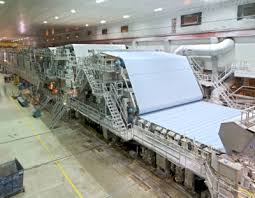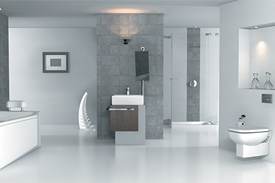MENU

2019 Durga Minerals. All rights reserved | Developed by iinfosoft.com

Kaolin is an ideal additive to rubber due to its anisometric ‘booklet’ particle structure which adds...

China clay is widely used as filler in paints,coatings and printing inks. Not only its high chemical resistance is required...

Over a hundred years ago it has been frowned upon to add fillers to paper. One even spoke of fraud...

Kaolin is becoming more prevalent in porcelain insulation due to its high dielectric strength. Kaolin is used...

China clay is also used in agriculture: agricultural films protect little plants from drying...

Raw China clay (Kaolin) is used in cement industries. This raw China clay (Kaolin) is reach in alumina...

China Clays are one of the most important raw materials used in the sanitary ware to...